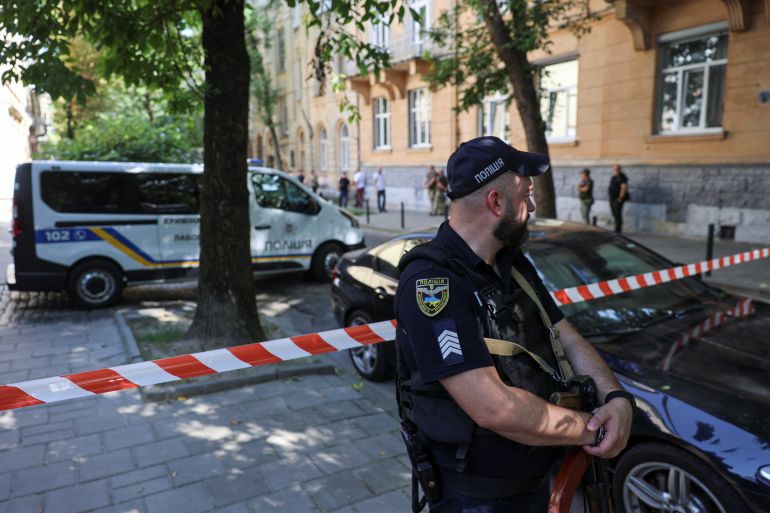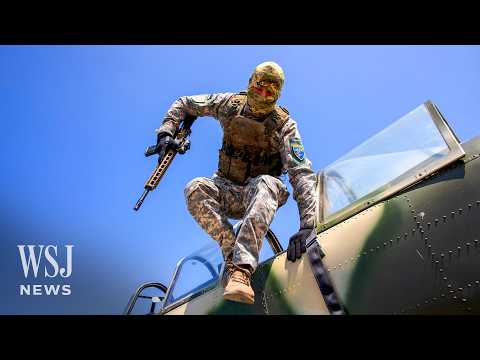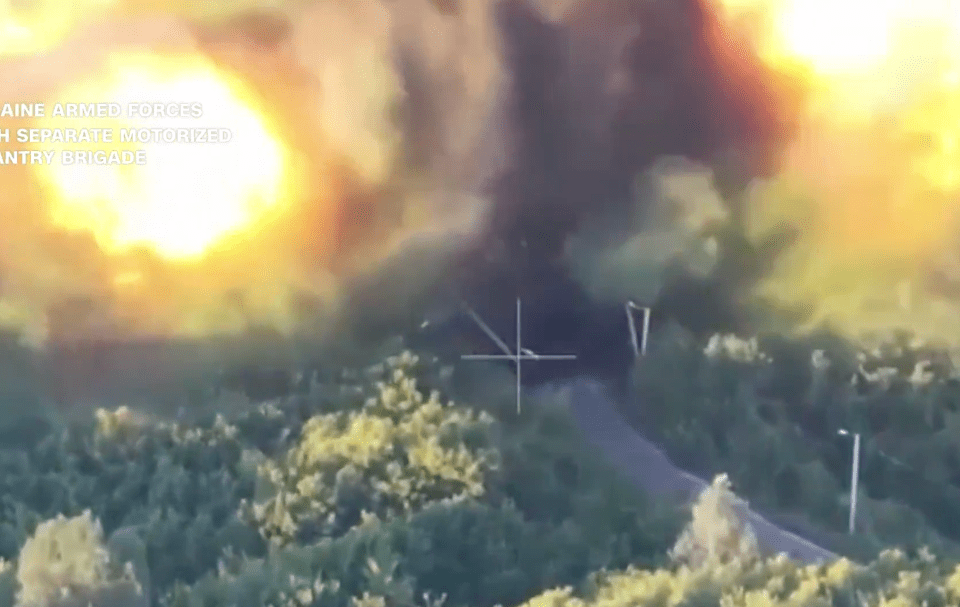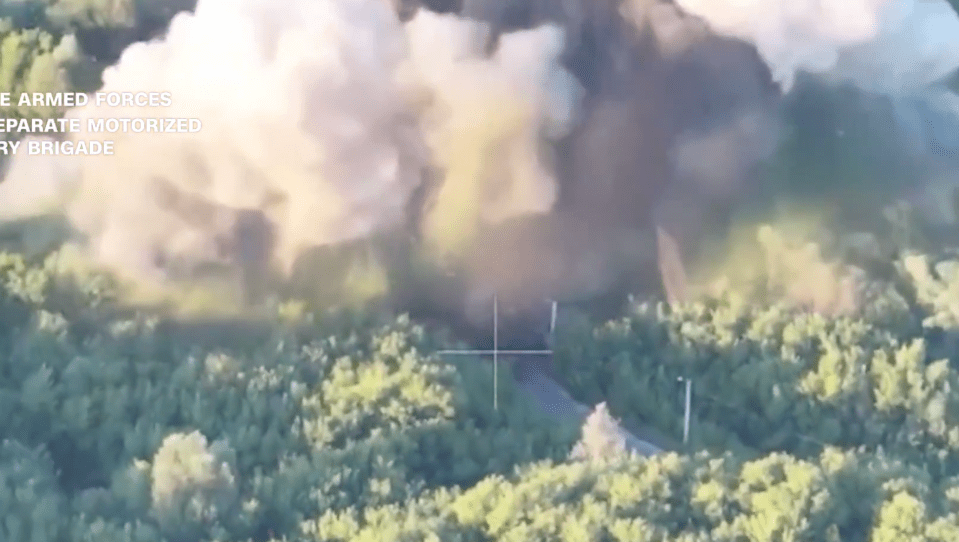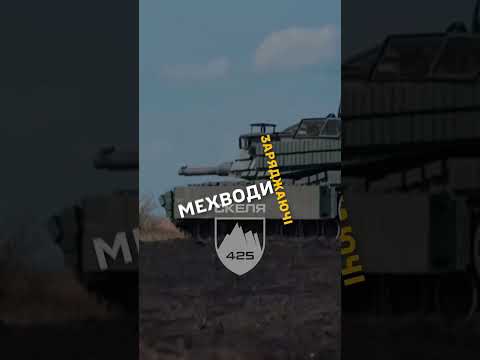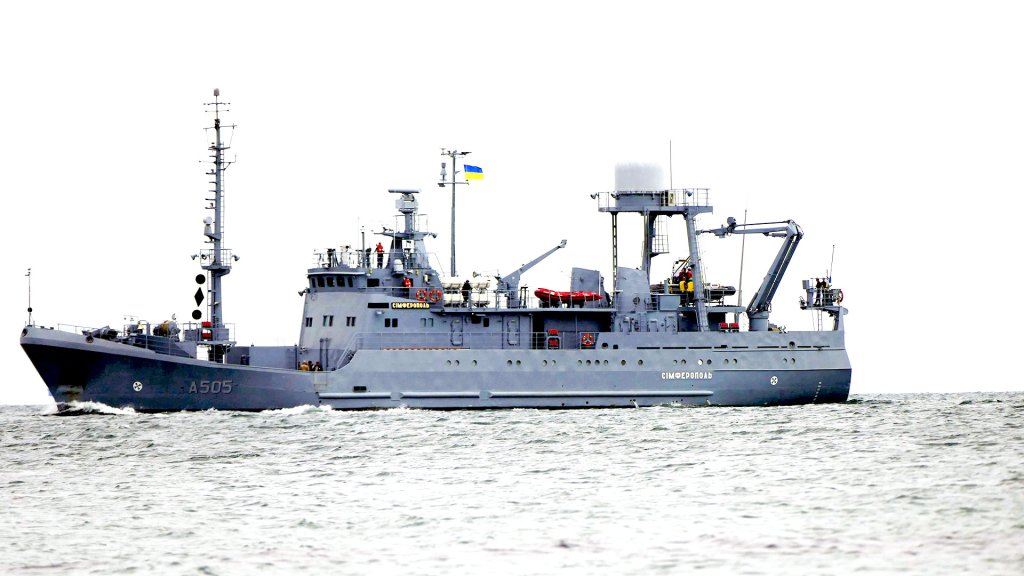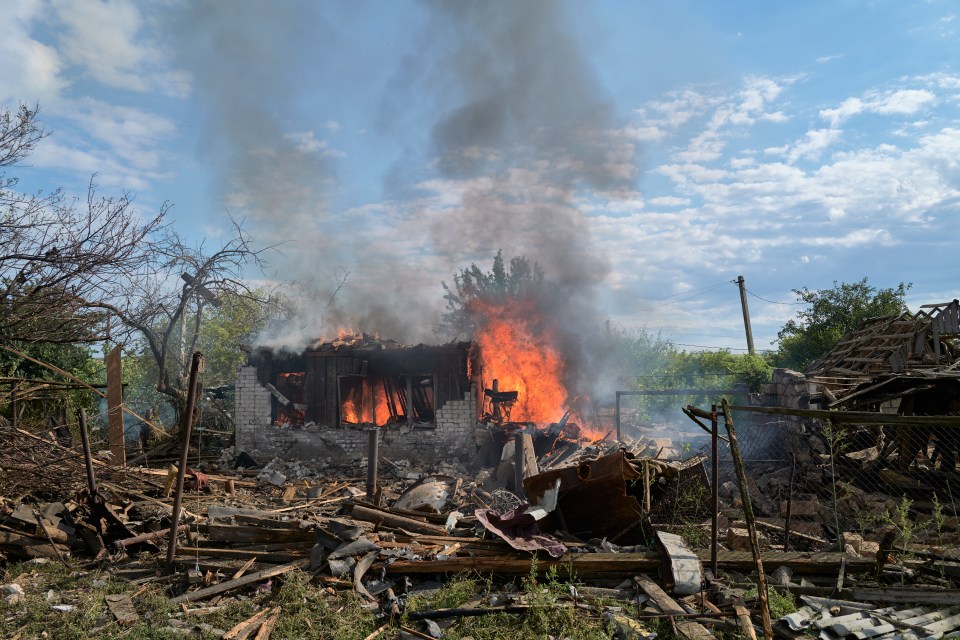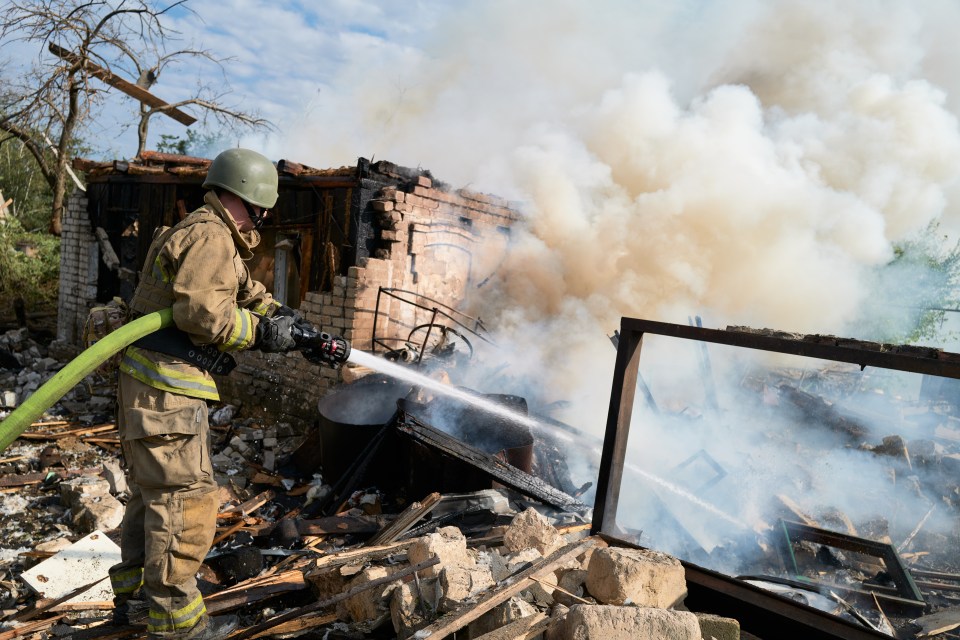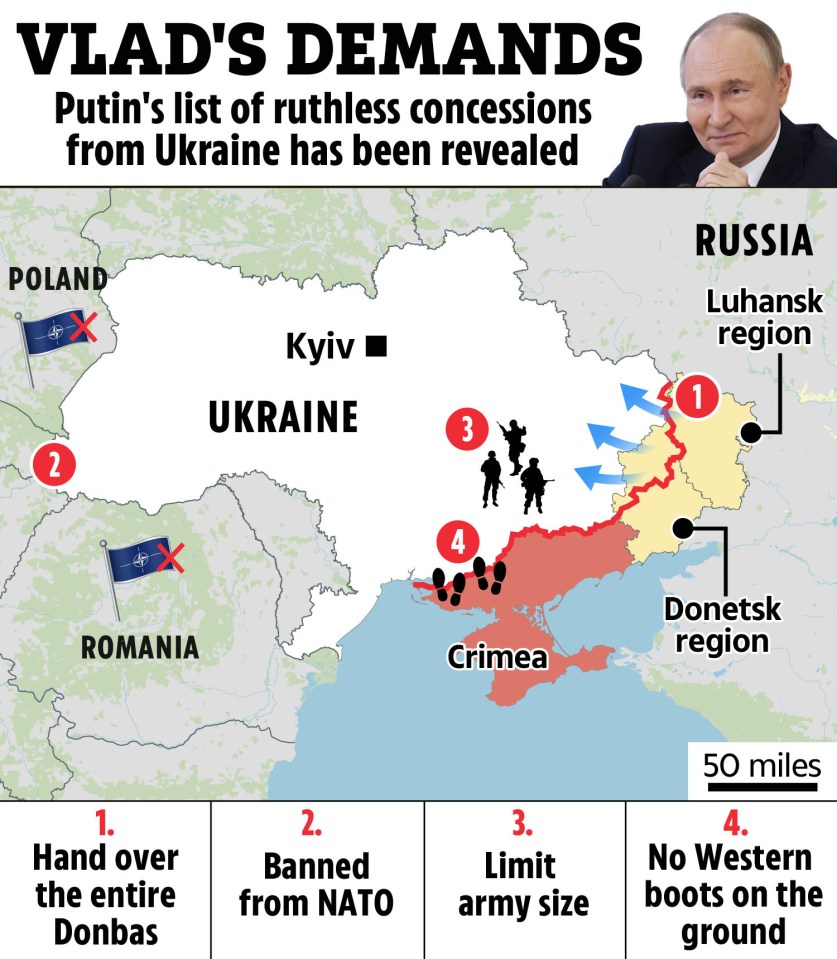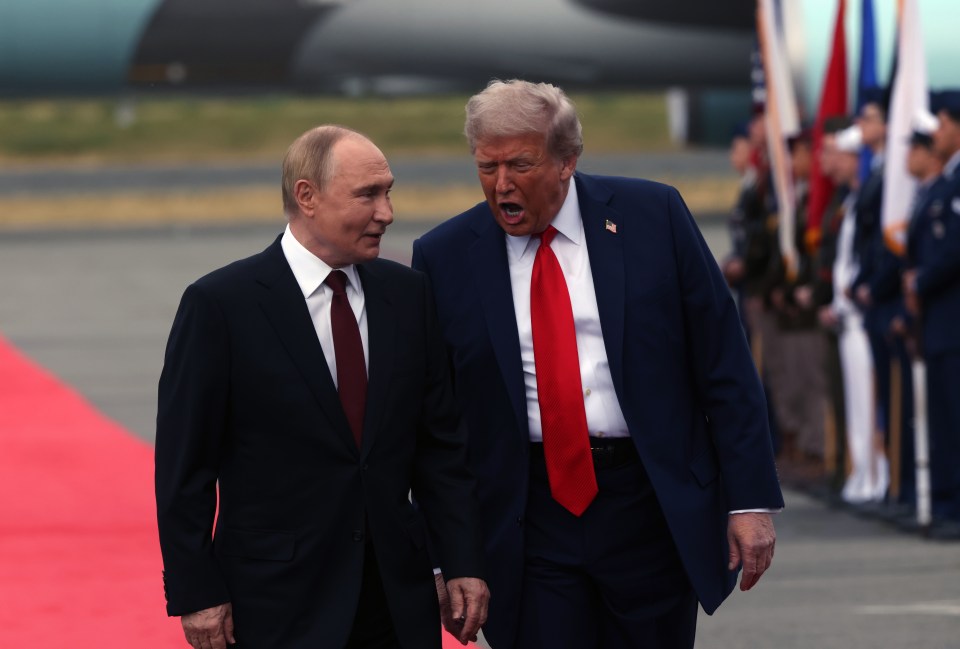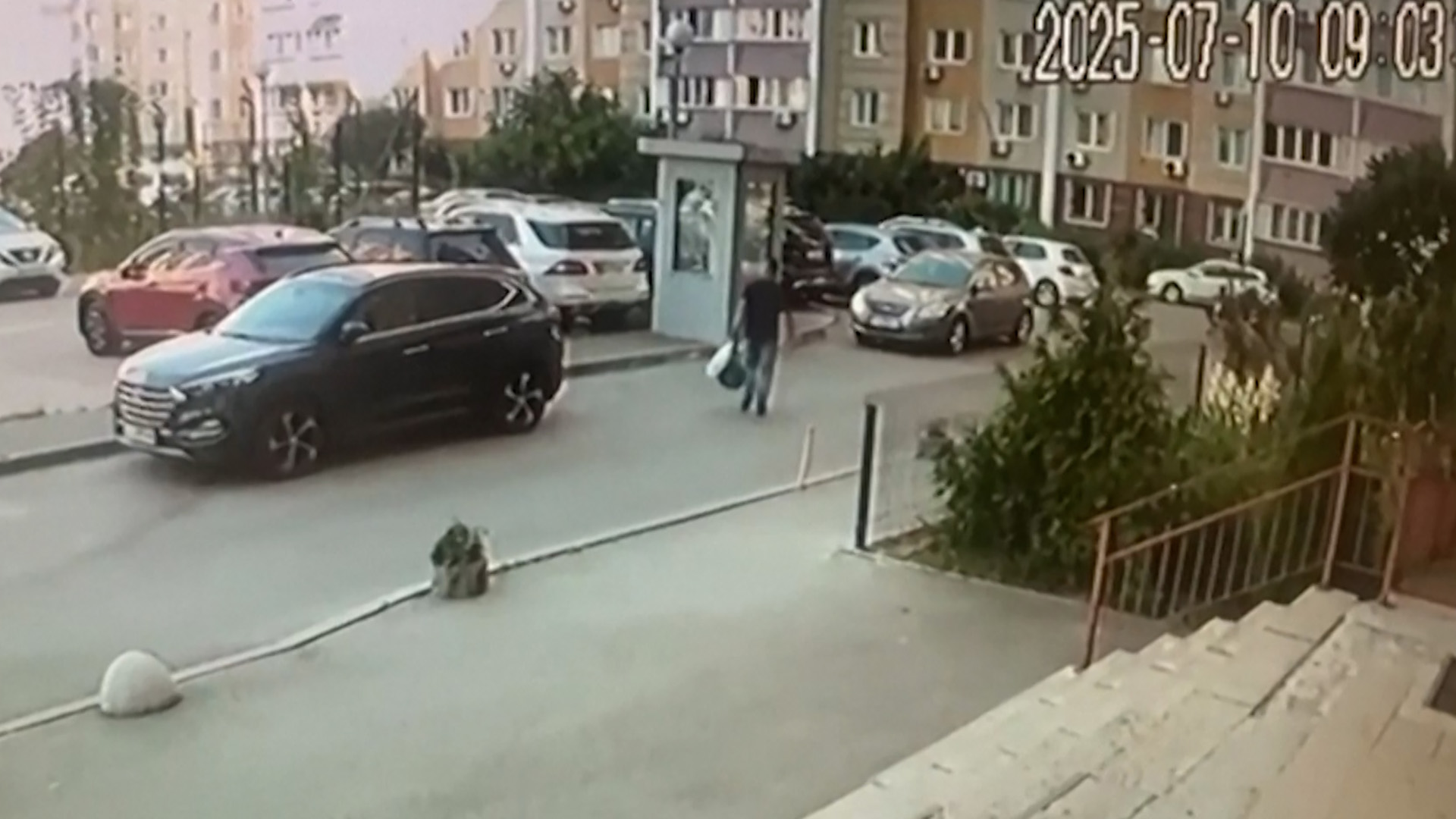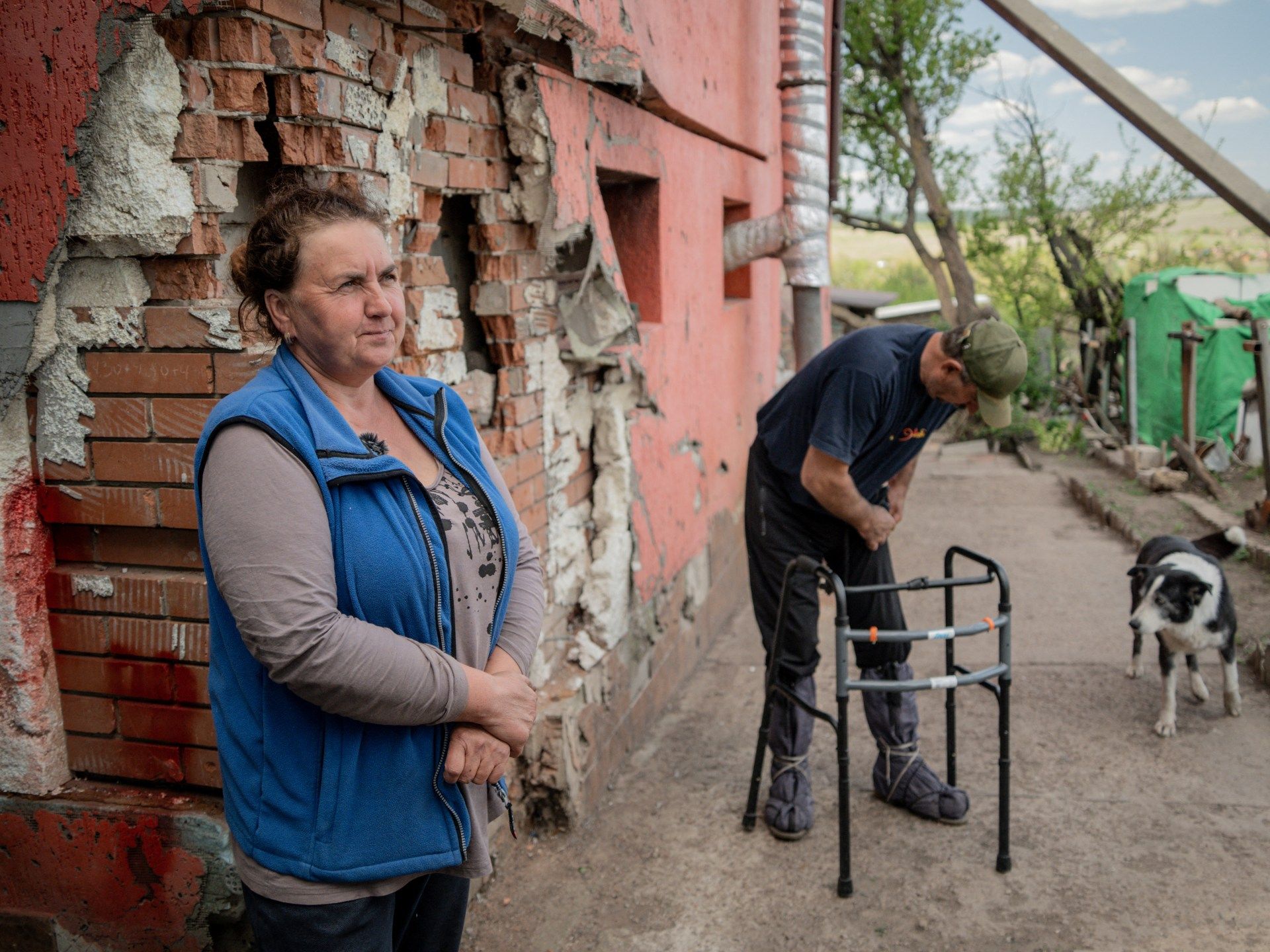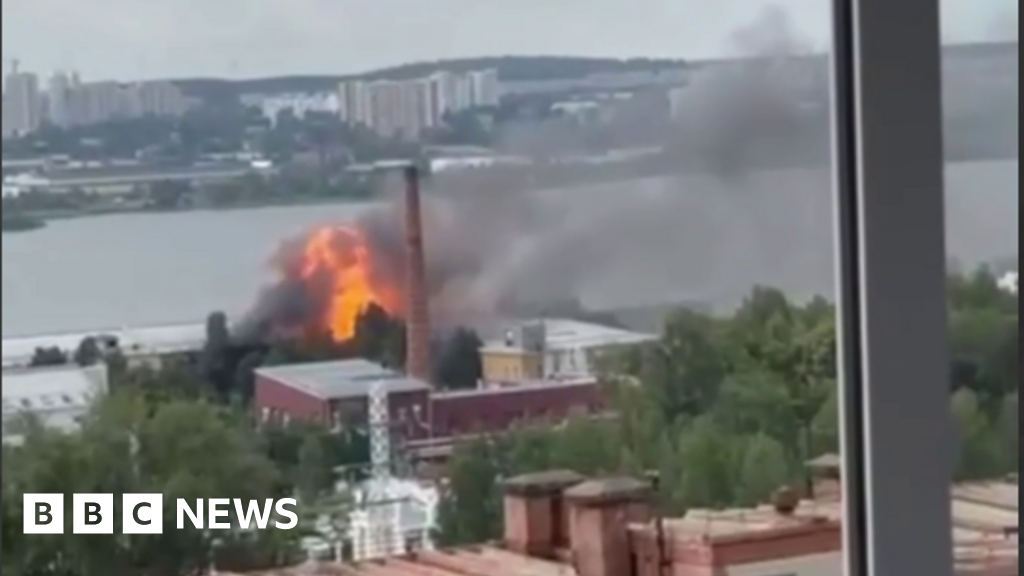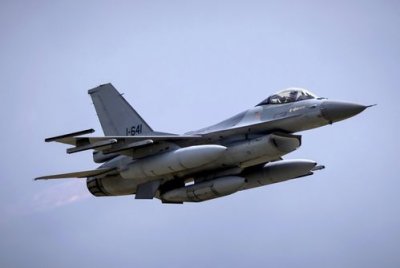ISTANBUL — During a pool training session months ago, Ukrainian war veteran Oleh Tserkovnyi was struck by an idea: What if a group of veterans swam across the strait of Bosphorus, between Turkey’s European and Asian shores? And if they did it on Aug. 24, Ukraine’s Independence Day?
The symbolism of the day would draw attention to the toll and devastation inflicted by Russia’s full-out war on Ukraine, now in its fourth year.
When the 34-year-old pitched the idea to fellow veterans in their One for Another support group, none raised injuries, particularly their amputations, as a barrier. Two joined him right away.
They trained for months, with the support of Superhumans Center, a veterans’ rehabilitation clinic in Ukraine, and coached by CapitalTRI, an amateur triathlon team in Kyiv. They agreed their race would have another goal — to raise money for prosthetics, which remain costly and urgently needed by many of Ukraine’s wounded.
“We’re not asking for pity,” Tserkovnyi told The Associated Press shortly before the competition. “We’re asking for support.”
A race that links continents
After months of rigorous training, discipline and physical challenges, the three Ukrainian veterans on Sunday joined more than 2,800 swimmers from 81 countries in the 6.5-kilometer (4-mile) crossing from Asia to Europe.
The Bosphorus Intercontinental Swimming Race is an open-water event held each year in Istanbul, organized by the Turkish Olympic Committee since 1989.
All three Ukrainians completed the crossing, each swimming for more than an hour. The two veterans with amputations faced setbacks even before the start — the organizers initially barred them from competing, insisting they have to be in a separate category for people with disabilities.
But they persevered and swam the race, alongside the others.
For the Ukrainians, it wasn’t just about endurance but about reclaiming control over bodies transformed by war — and sharing their recovery with a world that often seems indifferent to the injuries they carry.
Seeking balance in the water
Sports had always been a part of Tserkovnyi’s life, but war and injury pushed him to use it as a survival tool after two severe, life-changing concussions — a bridge back to life for war veterans with disabilities.
“Sport itself heals — we’ve seen that firsthand,” he said. “And the community, it pulls you through. It pushes you, it disciplines you.”
When he speaks, he’s quick to point out the changes he sees in himself — the stutter, the involuntary twitch in his eye.
“It’s what’s left over. It used to be much worse,” he said.
Both of his concussions were the result of prolonged exposure to artillery fire while serving on the front line. He was a sniper when the second one hit. Afterward, he said, it felt like he had lost his sense of balance entirely.
“There were times I could walk, but then suddenly I’d just tip over like a pencil,” Tserkovnyi said. “I have third-degree hearing loss on one side, no peripheral vision.”
The sense of being “a sick person,” he said, felt so foreign to him that he threw himself into recovery with everything he had. For a long time, he also had PTSD symptoms, including dramatic flashbacks to the war.
But it was in the pool that he found a way to recognize the warning signs. “I began to understand what triggers them, when they come, and how to stay ahead of them,” he said.
A path back to oneself
Engineer Pavlo Tovstyk signed up as a volunteer in the early days after Russia’s full-scale invasion of Ukraine in February 2022. Serving as a driver in an intelligence unit, he stepped on a landmine in June 2023.
The blast took his foot and subsequent surgeries led to a partial amputation of his left leg.
The 47-year-old, who used to be an active swimmer as a child, never thought swimming would become a lifeline. He was still recovering from his injury when he began sneaking into the swimming pool, keeping it a secret from the doctors.
“Water became a kind of savior for me,” he said. “At the time, everything felt disoriented. But in the water, my thoughts, my strength, my body — it all came together again. I became myself again. Just … different.”
The idea to swim the strait in Turkey started almost as a dare, then became a plan.
“To cross the Bosphorus, you need not just physical strength, but a certain mindset — a state of determination that all of us managed to find within ourselves,” he said.
Calm found in purpose
Oleksandr Dashko discovered swimming only after losing his left leg.
The 28-year-old had joined the military at the start of the Russian invasion and served in the infantry in various front-line areas.
In June 2023, a mine exploded near him and shrapnel tore into his knee.
“I didn’t take it very graciously, let’s say,” he said as he recounted the conflicted feelings that tormented him for so long. Adjustment to life with an amputation has been slow and mentally taxing.
It was only over the past year that he was able to focus on physical rehabilitation — and swimming, he said, has become the activity that brings him a sense of calm.
The challenge of swimming the Bosphorus became a purpose for Dashko.
“When I do nothing, I slip back to that state right after the injury — depression, apathy, the feeling that the amputation is winning,” he said. “But when something like this shows up on my path, it gives me a jolt — to live, to move forward, to motivate others.”
Physical goals, he said, help anchor him. He hopes for more such challenges, not just for himself, but for other veterans.
“Honestly, if it weren’t for this, I’d probably be drunk and lying under a fence somewhere,” he said.
Maloletka and Arhirova write for the Associated Press. Arhirova reported from Kyiv, Ukraine.

